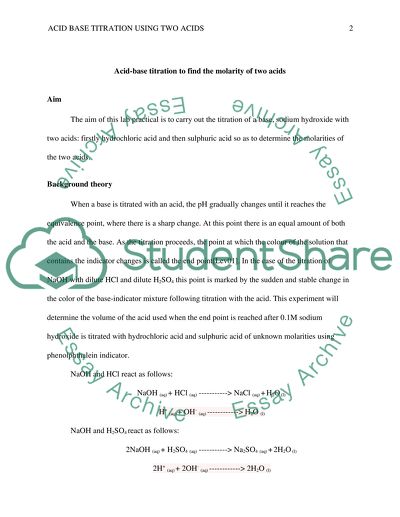Cite this document
(“Titration Lab Report Example | Topics and Well Written Essays - 750 words”, n.d.)
Retrieved from https://studentshare.org/chemistry/1671088-titration
Retrieved from https://studentshare.org/chemistry/1671088-titration
(Titration Lab Report Example | Topics and Well Written Essays - 750 Words)
https://studentshare.org/chemistry/1671088-titration.
https://studentshare.org/chemistry/1671088-titration.
“Titration Lab Report Example | Topics and Well Written Essays - 750 Words”, n.d. https://studentshare.org/chemistry/1671088-titration.


